A sunken courtyard and a facade with protruding units are just some of the design highlights to be found in Hui Hotel, Shenzhen. Christie Lee writes.

February 4th, 2016
Designed by Yang Hotel Design Group, the Chinese word ‘Hui’, or ‘return’, has been translated into a variety of visual codes that traverse the industrial and natural, western and oriental styles, in various spaces within Hui Hotel in Shenzhen.
Sitting on the site of an old factory, the hotel is composed of units of various sizes and configurations, some jutting out at jarring angles. With some curious similarities to Moshe Sadie’s Habitat 67, the architecture injects a fresh breath of air into Huaqiang North, a neighbourhood dominated by nondescript local malls, fashion boutiques and electronics stores.
In the lobby, a table runs the length of the hall and centres various elements, including decorative bird cages and Chinese contemporary art pieces.
The 85 rooms, measuring at least 50 square metres each, feature a subdued palette of whites, beiges, and dark woods.
The design for the Chinese restaurant pays tribute to local culture while avoiding design clichés. Tino Kwan Lighting Consultants were responsible for the lighting, which included Chinese lantern lamps over the dining zones. The semi-private dining areas are shielded by abacus screens.
Defined by a mix of horizontal and vertical lines, Le Café, a western restaurant on the eighth floor, is decked out in a warm palette of beige and light woods. Columns carve the spacious dining room up into different spaces, allowing for privacy as well as flexibility in usage.
A ‘sunken’ courtyard sits on the edge of the sixth floor, anchored by a man-made pond that is surrounded by lush greens. A side entrance leads to the library lounge. Furnished with a mix of communal and private seating, and lit by the natural light that pours in through the floor-to-ceiling windows as well as designer lighting, the room is a convivial environment with full view of the courtyard garden outside.
INDESIGN is on instagram
Follow @indesignlive
A searchable and comprehensive guide for specifying leading products and their suppliers
Keep up to date with the latest and greatest from our industry BFF's!
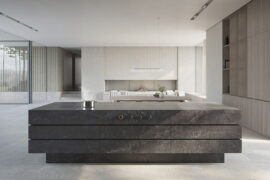
For those who appreciate form as much as function, Gaggenau’s latest induction innovation delivers sculpted precision and effortless flexibility, disappearing seamlessly into the surface when not in use.
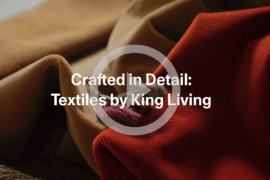
For a closer look behind the creative process, watch this video interview with Sebastian Nash, where he explores the making of King Living’s textile range – from fibre choices to design intent.
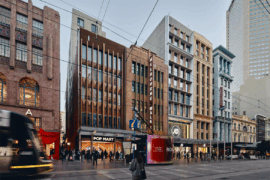
Merging two hotel identities in one landmark development, Hotel Indigo and Holiday Inn Little Collins capture the spirit of Melbourne through Buchan’s narrative-driven design – elevated by GROHE’s signature craftsmanship.
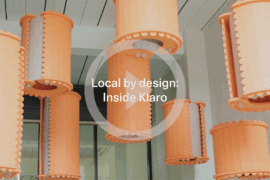
In an industry where design intent is often diluted by value management and procurement pressures, Klaro Industrial Design positions manufacturing as a creative ally – allowing commercial interior designers to deliver unique pieces aligned to the project’s original vision.
The internet never sleeps! Here's the stuff you might have missed
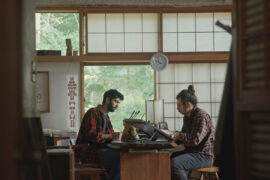
AHEC has produced a documentary exploring forestry and stewardship through long-term forest management and human responsibility.
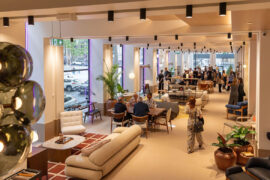
Stylecraft opens its new Collins Street showroom, unveiling curated design spaces and Ross Gardam’s Dwell collection.